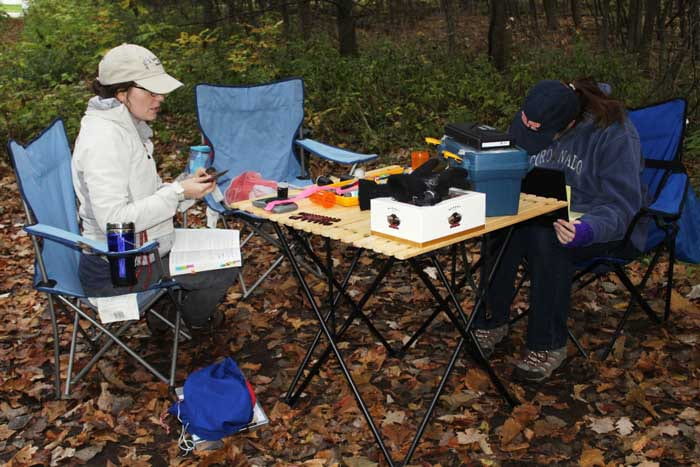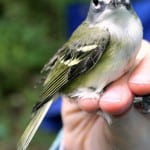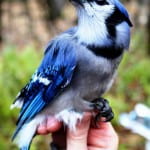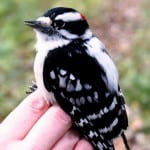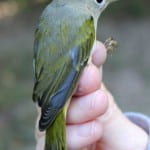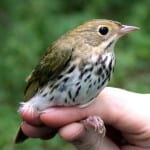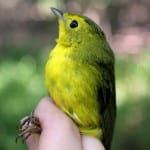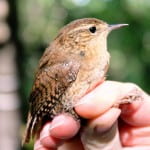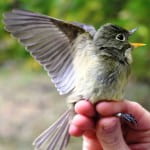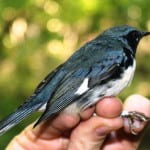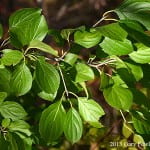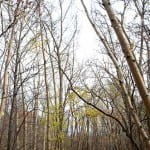Mussel Man!
Earth Day is April 22nd and is celebrating its 45th anniversary this year. This year we want to celebrate the month of April by showcasing our commitment to protecting the environmental health of our local communities, Wisconsin and the planet through environmentally based education, research and outreach at UW—Green Bay, the Original EcoU!
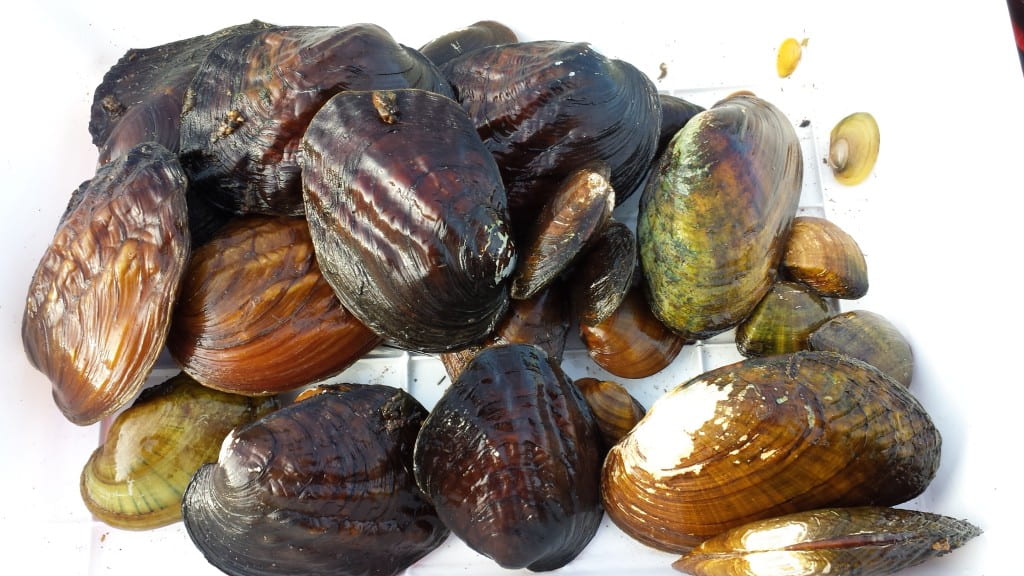
North America has the highest mussel biodiversity in the world, with over 300 species, but more than 40% of those species are imperiled, especially in the Midwestern states. According to the US Fish and Wildlife Service, no other group of animals in North America is in such grave danger of extinction! The major threats that these species face are siltation, water pollution, damming or conversion of streams, and the presence of invasive mussels (zebra mussels). Wisconsin is home for 51 species of freshwater mussels and 33 of those are considered endangered, threatened or rare enough to be of special concern. Only 18 species currently have healthy populations.

UW–Green Bay graduate student Jesse Weinzinger is on a mission to better protect Wisconsin’s freshwater mussels, one of North America’s most diverse and ecologically important aquatic species. Mussels are ecosystems engineers that filter nutrients and particles improving water quality downstream. They also stabilize stream bottoms and provide habitat and food for fish and mammals.

The Wisconsin Department of Natural Resources, along with the help of university researchers and citizen scientist volunteers, are surveying mussels in streams to learn more about the lifecycles and population structure of these important animals. However, the current survey protocol is very labor intensive and the state lacks the funds and staff to maintain long term monitoring efforts. Jesse is investigating ways to make the monitoring of Wisconsin’s mussels faster and easier. He is working with the WI DNR to establish a rapid assessment protocol for volunteers of the Mussel Monitoring Program of Wisconsin. The end result will be an efficient, teachable, and easy-to-use protocol that will provide new volunteer opportunities and, if the method is applied successfully, results will provide rigorous quantitative data to inform the DNR as it makes management decisions.
Jesse’s research is partly supported by grants from the Heirloom Plant Sale Fund and from the WI DNR.
How can you help? Become a mussel monitoring volunteer!
Biodiversity
https://blog.uwgb.edu/biodiversity/2015/04/mussel-man/


